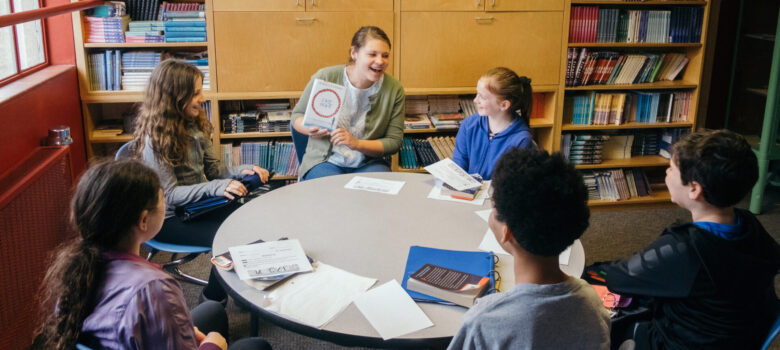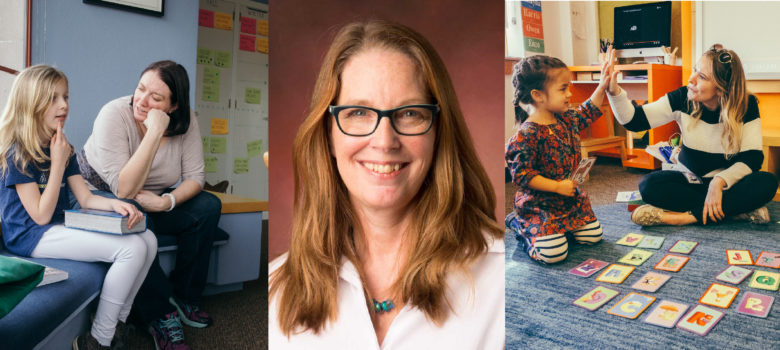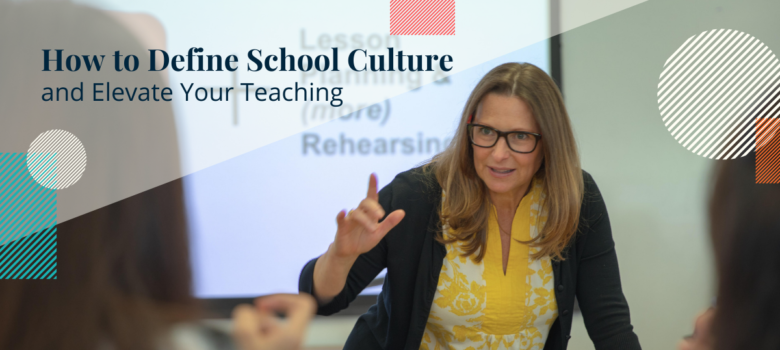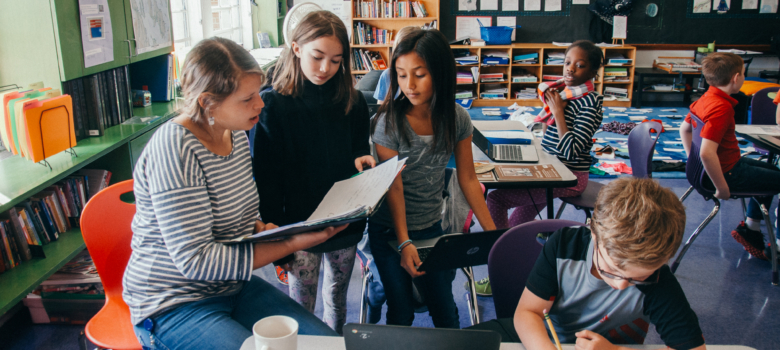Erica Swanson, Student Services Director, UCDS Graduate School of Education
As the Student Services Director and Core Faculty Member of the UCDS Graduate School of Education, I teach our graduate students each quarter. Last year, I partnered with Sara Hoofnagle, a seventh-grade science teacher at Eckstein Middle School, Seattle Public Schools, to teach Designing Curriculum for Critical Thinking and 21st Century Skills. As we set out to refresh the course, we reviewed the syllabus previously used to guide the course and considered what updates would benefit our students. The course is designed to address Critical Thinking and 21st Century Skills through the lenses of Science and Social Studies. So, we decided to integrate the Teaching Tolerance Social Justice Standards as an additional framework for our students.
When the course got underway, the graduate students experienced, created, and facilitated learning opportunities that reinforced 21st-century skills, and aligned with social studies, science, and social justice standards. In-class provocations engaged them with the complexities of the content, the vital role of social justice education, and the need for explicit instruction of skills. The course curriculum modeled practical tools and ways to develop a classroom culture rooted in critical thinking, inclusivity, student voice, and real-world application. Students then applied these skills to their teaching practices by developing original lessons, teaching within their own schools, and reflecting on how these experiences did or did not yet meet their goals.
Throughout all of this work, the four social justice anchor standards–Identity, Diversity, Justice, and Action– provided a unifying thread. Students discovered how this anti-bias framework complements the “knowledge acquisition and skills” featured in the social studies and science standards. As one student shared, “I felt like there were multiple ways for engagement in this course, and I was able to find new ways to share my ideas and opinions.” This reflection highlights how, when the content and anchor standards are interwoven, students can more fully and authentically participate and engage in class. Students are less likely to “check their identities at the door” of the classroom, enabling them to more deeply engage with curricular content.





